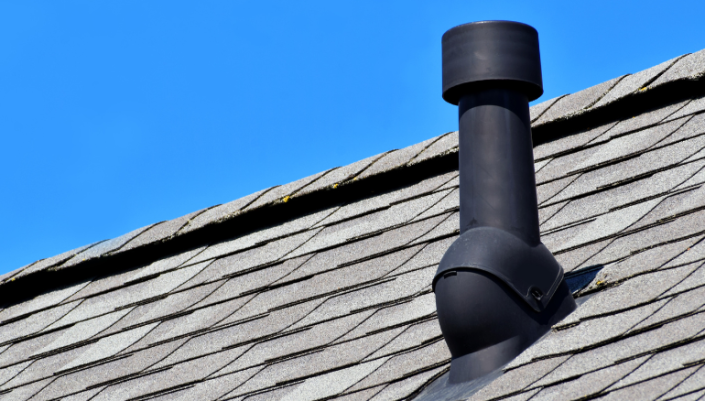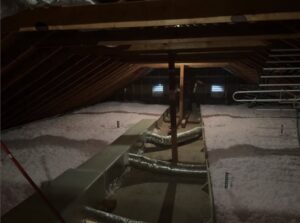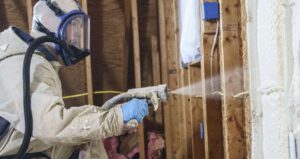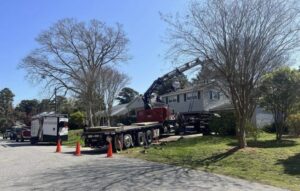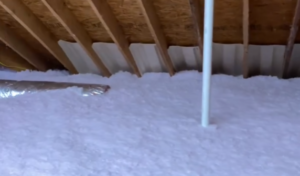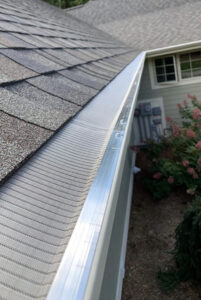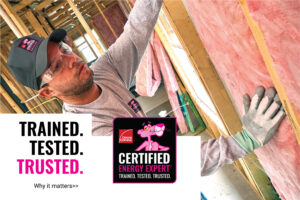With winter weather and lower temperatures quickly arriving in Hampton Roads, it’s natural to want to keep your home warm and free from drafts. A tightly sealed home is excellent for keeping the cold out, but it also means that proper ventilation becomes crucial. Ventilating a house in cold weather presents unique challenges, so let’s explore these issues and their solutions.
Condensation in Walls
The Problem:
Cold surfaces attract water vapor, leading to condensation. A supply-only ventilation system can create positive indoor pressure in colder climates, pushing humid air into wall cavities. When this moist air meets cold surfaces like sheathing, it accumulates, potentially causing mold growth and compromising durability and indoor air quality.
The Solutions:
Cold spells are typically short-lived in warmer climates, so this isn’t as much of a concern. However, in colder areas, preventing condensation is crucial. One approach is using exhaust-only ventilation, which isn’t foolproof, as air can still be drawn through lower areas while escaping from higher points. The best solution is to improve the building enclosure. This can be done by adding exterior insulation to keep sheathing warm or sealing leaks to prevent humid air from entering wall cavities.
Cold Drafts
The Problem:
Cold surfaces attract water vapor, leading to condensation. A supply-only ventilation system can create positive indoor pressure in colder climates, pushing humid air into wall cavities. When this moist air meets cold surfaces like sheathing, it accumulates, potentially causing mold growth and compromising durability and indoor air quality.
The Solutions:
This issue is primarily about design. Skilled HVAC contractors recommend avoiding directing air at occupants, especially when using cold outdoor air. They also recommend ensuring the air is well-mixed before it reaches the living spaces. Exhaust-only systems make this problematic, adding another reason to consider alternatives. Additionally, ventilating more than necessary can exacerbate the problem, so finding the right balance is essential.
Dry Air
The Problem:
Cold air is inherently dry. Even at full humidity, air at 32°F is low in moisture. Once warmed to 70°F, its relative humidity drops significantly. The drier the outdoor air, the drier your home becomes as this air enters through intentional ventilation or leaks.
The Solutions:
Both exhaust-only and supply-only ventilation can dry out indoor air, contributing to lower humidity in winter. Homes with significant air leaks or excessive ventilation can become extremely dry inside. To combat this, ensure that you’re not over-ventilating your home.
Final Thought
Ventilating your Hampton Roads home during the colder months requires thoughtful consideration of these factors. Understanding and addressing these challenges allows you to maintain a comfortable and healthy indoor environment throughout winter.

